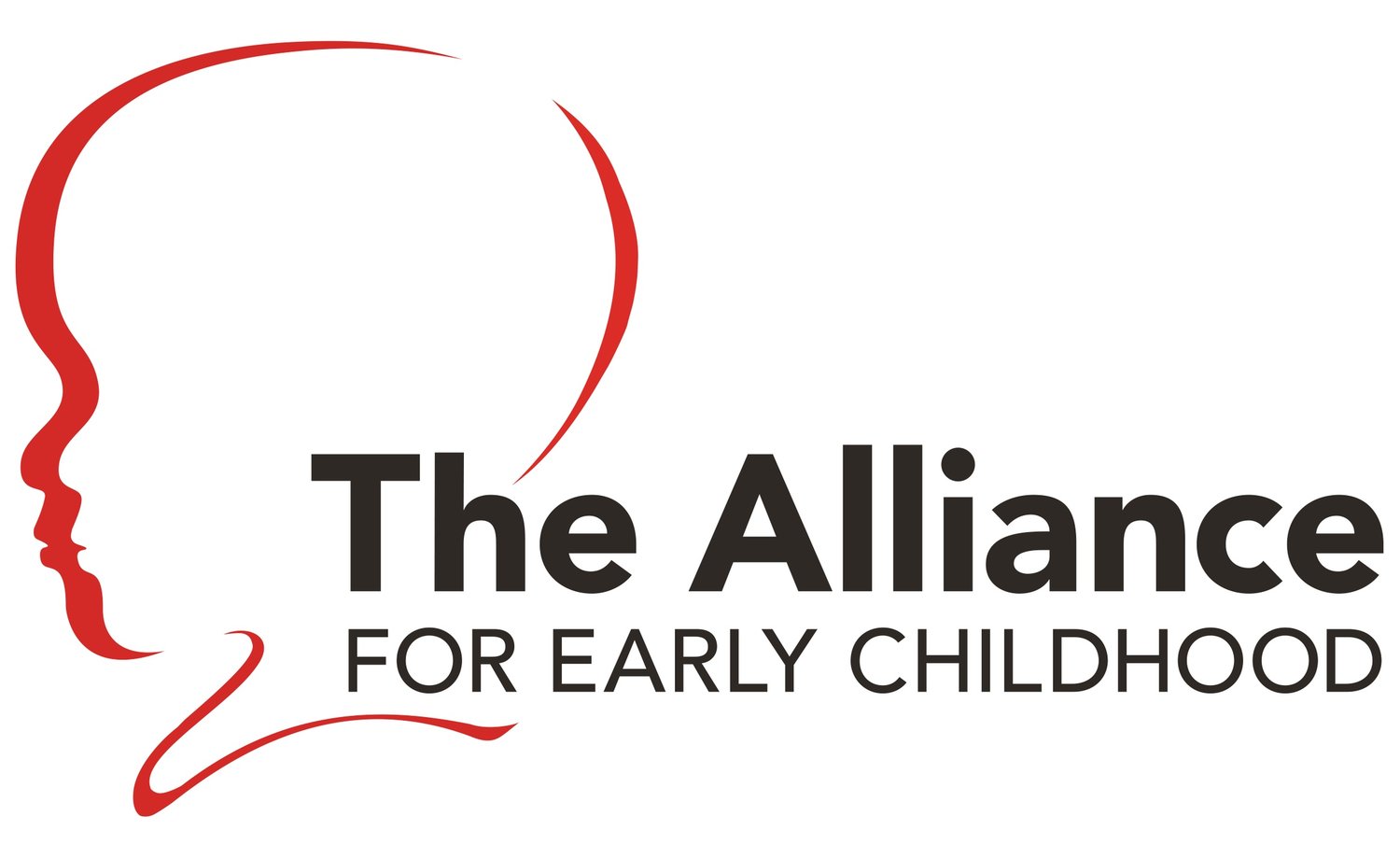Playing with Sticks
Dr. Carla Gull
When my youngest was 2, 3, and 4, he always asked for “sticks, lots of sticks” for holidays and his birthday. He’s not alone! Children love to play with sticks; however, some adults may feel uncomfortable with stick playing. Even so, we can set parameters and embrace the benefits of stick play for safety and engagement.
Benefits of stick play abound, such as developing muscles, enhancing hand/eye coordination, promoting collaboration, growing imagination and creativity, giving problem solving opportunities, allowing for risk negotiation, becoming aware of others, and scanning the area for the perfect stick (Chelsea Forest School). Sticks offer so much! The open-ended concept of a stick gives a child limitless play options. While children inherently find many uses for a stick, you might use a book about sticks as a springboard for connection and inspiration. A few books for stick exploration include:
A Stick Until . . . by Constance Anderson explores how various animals use sticks as a tool—a flyswatter for an elephant, a lure for an alligator, a spoon for a chimpanzee, and even a game of fetch for a dog and boy. There are two lines of text, one simpler and another with more details about how the many animals use sticks in their daily lives.
Max Found Two Sticks by Brian Pinkney is set in an urban area as Max sits on his porch finding two twigs which fell down from a nearby tree. He picks them up and starts exploring sound all around his neighborhood, tapping the sounds of pigeons flying, subways passing by, rain on the windows, and the church bells. A marching band passes by, sharing special sticks with Max. Nice rhythmic text!
Not a Stick by Antoinette Portis cleverly illustrates the many ways a stick can be a part of child’s play. From slaying a dragon to conducting music, sticks have unlimited potential. Simple line drawings allow the imagination to soar.
Stanley’s Stick by John Hegley follows Stanley as his imagination uses a stick for sticky games, visiting the moon and stars, creating dinosaur skeletons, writing in the sand, stirring, and fishing. He releases his stick for others to play and finds a new, curvy stick the next day, which becomes a horn, mast, and telescope. It is “fantastick”!
The Stick by Clay Rice is a great alternative to Not a Stick or The Giving Tree. A boy with no toys finds a stick in the park, which transforms him into a pirate, baseball player, or fisherman. Words inscribed on the stick promise that imagination lives in him and he can be anything he wants to be. Growing up, the stick is a constant companion until he shares it with a young girl with no toys near where he found it in the beginning. The silhouette illustrations are stunning.
Stick by Irene Dickson follows a boy and a dog with a stick. In this simple book, the boy uses the stick for walking, throwing, tapping, balancing, swishing, drawing, stirring, waving a flag, dropping, floating, and building!
The Clever Stick by John Lechner finds his “voice” as he realizes he can make marks in the ground. Previously only able to appreciate the beauty in nature around and unable to communicate, the Clever Stick is able to make a masterpiece on the ground that attracts all the nearby animals. Even when the rain comes and washes away his art, he knows he is a very clever stick. Lots of social/emotional connections!
Stick and Stone by Beth Ferry explores friendship as Stick and Stone unite, go on adventures, get lost in a storm, and reunite as the number 10. While each are different, both contribute to the friendship. The book contains many social/emotional applications.
While the benefits are great, there are risks to stick play, such as splinters, tripping, eye injuries, cuts, scrapes, bruises, and even impalement. While there is opportunity for injury, we can set parameters to mitigate the issues. My approach to stick play includes:
”Sticks need space.”
”Stick to stick.”
“What’s your plan for safety?”
Redirect the undesired action.
Point out the potential safety issue.
Proximity—children are often more cautious as we move closer.
Watch for additional intervention needs—running with sticks, going down the slide, etc.
At times, I also implement the following in busier spaces:
Stick shorter than your forearm
Designated areas for stick play
One teacher/adult/parent supervising one risk
How does your child use sticks in their play? What safety measures work in your space? What will be your next stick adventure with your child?
Starting points for exploring sticks from Tinkergarten:
Follow the Arrows: https://tinkergarten.com/activities/follow-arrows
Bundle of Sticks: https://tinkergarten.com/activities/pick-up-sticks
Pickup Sticks: https://tinkergarten.com/activities/pick-up-sticks
Build a Dam: https://tinkergarten.com/activities/build-a-dam
Build a Wall: https://tinkergarten.com/activities/great-wall
Resources:
Loose Parts Nature Play: https://loosepartsnatureplay.libsyn.com/stick-play
Chelsea Forest School: http://www.chelseaforestschool.ca/index.php/en/risk-assessments/
Dr. Carla Gull hosts the podcast Loose Parts Nature Play and leads local nature play sessions. She loves connecting children, families, and educators with nature. Dr. Gull presented to educators at The Alliance’s 8th Annual Preschool-Kindergarten Summit.
